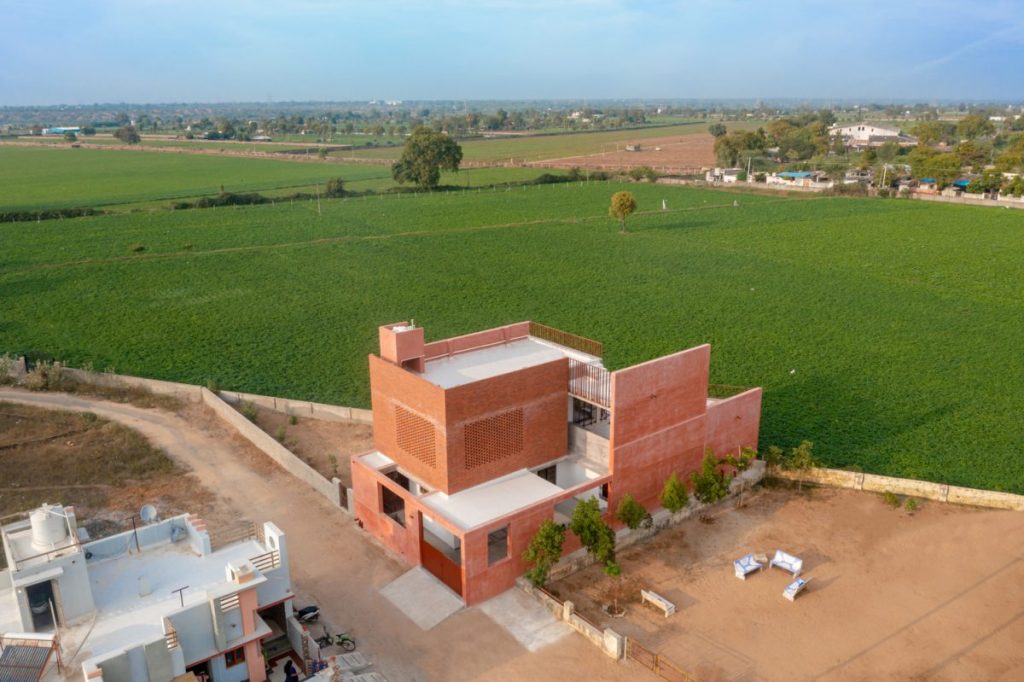Posted On May 06 2025
Total Post Views :- 338
Architecture frequently derives its value from what is constructed—the material, useful, and renowned. Unbuilt architecture exists in the space between imagination and reality, offering a provocative lens through which we examine possibilities, critique current systems, and sometimes even initiate real change. These schemes are not just sketches; they are manifestations of potential, experiments into other worlds, and critical observations of the constructed world.
At Elev8 2025, panelists Prashant Pradhan (PP Architects), Melissa Smith (BandukSmith Studio), and moderator Rajesh Advani (ArchitectureLive!) offered a rich exploration of unrealized visions and their enduring relevance.
Unbuilt Architecture: Ideas That Shape Tomorrow
In architecture, not every idea gets built, but they still influence the way we think about our built world. Unbuilt ideas, frequently speculative or abandoned because of external factors, continue to stretch limits, question typologies, and add depth to architectural discussion. Unbuilt projects are more than drafts or failures; they are expressions of possibility, explorations into alternate futures, and critical commentaries on the built world. They challenge norms, push creative boundaries, and incubate ideas that eventually influence real spaces.
Panlists Thinking Beyond The Blueprint
- Prashant Pradhan spoke of the numerous projects that were never constructed because of changing political agendas or the absence of infrastructural support, particularly in sensitive Himalayan situations.
- Melissa Smith spoke about how their evidence-based, sustainable design-centric philosophy tends to produce ideas ahead of their time, resulting in unbuilt-but-not-unconsidered projects.
- Rajesh Advani brought the developer perspective, explaining how pragmatic limitations, policy barriers, and market realities shape what gets built, and what stays an idea.
The Why Behind the Unbuilt
There are countless reasons why buildings still exist in plans. Projects are often stopped because of shifting political winds, policy limitations, or lack of funds. In other situations, an idea might be too visionary, conflicting with the existing regulatory environment or public attitude. Market realities, land-use complexities, and client priorities in flux also see concepts put on the back burner.
Yet this does not make them failures. The unbuilt represents a kind of speculative practice—a means for designers to wrestle with open questions, dream up new systems, and disrupt established norms. These sleeping ideas persist, often re-visited, re-imagined, or re-purposed in subsequent work.

What If They Were Built?
What if the unbuilt concepts had been realized? Would cities have worked otherwise? Might some urban challenges have been precluded or more effectively redressed? The conversation created room to consider lost possibilities. There was widespread perception that numerous unbuilt ideas, in particular those premised on sustainability, contextual awareness, and social interaction, could have positively changed urban stories and regional identities.
These theories serve to stress the significance of these ideas more than their tangible realization. Unrealized or not, they remain to guide contemporary and succeeding generations of developers, architects, and planners.
The Need for Documentation
Perhaps one of the most valuable lessons to take from the exchange was the significance of recording unbuilt work. Too many times, once a project has stalled, its models, drawings, and concepts fall out of mind. This is an important loss, not merely for the practitioner or practice itself, but for the architecture world in general. Good documentation of ideas, via publication, display, or electronic means, needs to happen so these rich concepts aren’t lost forever.
Documentation makes unbuilt work a part of an enduring conversation that is available to students, practitioners, and thinkers. These documents can be used to guide future policy, encourage new typologies, and act as teaching tools.
Conclusion
Finally, unbuilt architecture is not nothing but a container, containing within it unrealized potentials, critical critique, and visionary possibilities. It reminds us that architecture is not merely about building but about ideas, purpose, and imagination. In embracing the worth of that which was never constructed, the field becomes more reflective and more speculative in its practice, one as concerned with dreaming as with doing.

